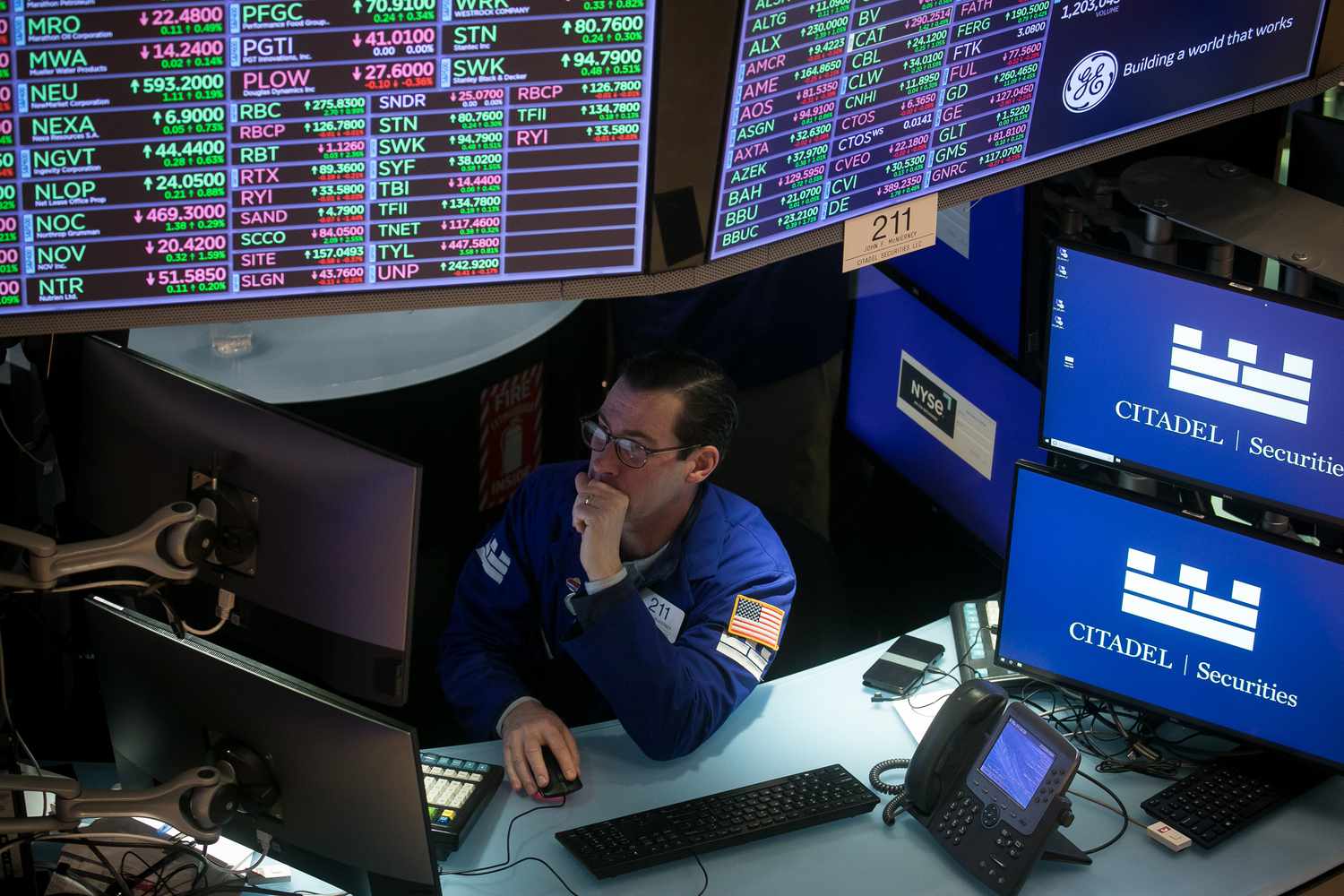
- Indices
- Stocks
Dow rises due to moderate inflation
Do you want to know how to make money from this?
Register for free and get expert advice, access to a training course and webinars.
Key points:
- The Dow Jones Industrial Average reached a new all-time high, with other indices also showing positive momentum.
- Released data on moderate inflation has strengthened expectations of further interest rate cuts.
- The upcoming release of U.S. employment data will be a key factor in determining future monetary policy.
The performance of leading American companies represented in the Dow Jones Industrial Average reached a new all-time high. The growth was driven by a report on moderate inflation levels, which reinforced expectations of further interest rate cuts by the Federal Reserve. The positive momentum extended to smaller-cap companies, resulting in all three major Wall Street indices posting gains for the week.
The tech-heavy Nasdaq index, despite some losses during the trading session and a slight decline in the S&P 500 index, held close to recently set record highs.
At the close of trading, the Dow Jones Industrial Average rose by 137.89 points (0.33%) to close at 42,313.00 points. The S&P 500 decreased by 7.20 points (0.13%) to 5,738.17 points, while the Nasdaq Composite lost 70.70 points (0.39%) to close at 18,119.59 points.
A “soft landing” for the economy becomes more likely
The upcoming release of U.S. labor market data will be a major test for investors’ optimistic forecasts regarding a soft landing for the economy. After a series of disappointing employment reports, markets are now focused on the data to be published next week.
The benchmark S&P 500 index on Wall Street has shown an impressive 20% growth year-to-date, nearing its all-time high. As the third quarter comes to a close, the index is on track to achieve its best January-September performance since 1997.
A key factor contributing to this growth is the hope for a soft economic landing. Investors expect the Federal Reserve to successfully reduce inflation without triggering a recession. These hopes were bolstered by the Fed’s decision to cut the interest rate by 50 basis points at its last meeting.
However, despite the optimism, some experts express concerns that the rate cut may not be sufficient to prevent an economic downturn. As such, the employment report is seen by Wall Street as one of the most important indicators of the economy’s health. The previous two reports showed weaker-than-expected job growth, increasing the significance of the upcoming data.
The results of the employment report will have a significant impact on expectations for the Fed’s next actions. At its November 6-7 meeting, the Federal Reserve will decide on the size of the next rate change. Futures currently indicate an almost equal likelihood of a 25 or 50 basis point rate cut.
Deutsche Bank economists recently emphasized in their analysis that while the overall economic data remains important, labor market data will play a key role in solidifying the Fed’s confidence that the inflation moderation process is stabilizing.
Small-cap companies rise
Do you want to know
How to make money from the news
Register for free and get:
- Expert consultation;
- Access to the training course;
- Opportunity to participate in webinars

